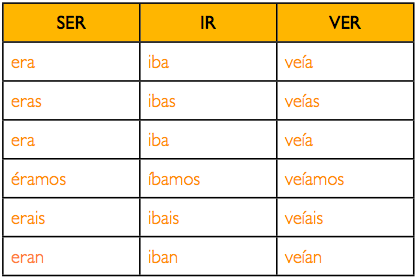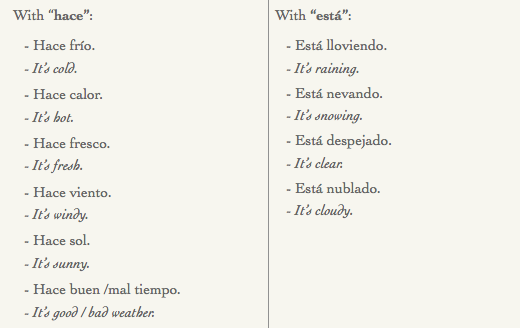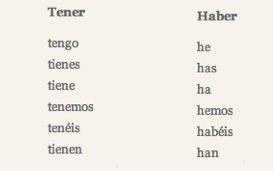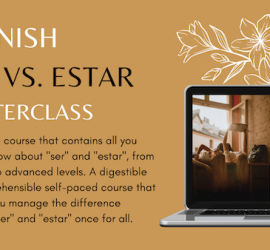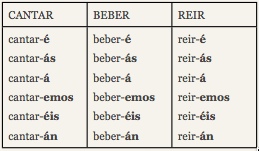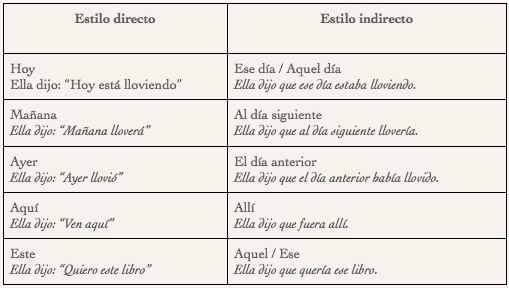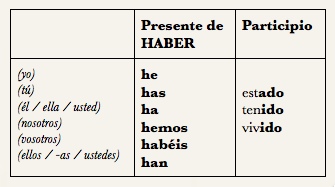Describe in the past (Pretérito Imperfecto de Indicativo) 4
The Imperfect – Pretérito Imperfecto – is used to talk about the past in Spanish. In the majority of situations, when we use the imperfecto is not to give the main information but to give the context that surrounds the main information. El pasado fin de semana estuve tomando el […]

